Computational and Systems Biology | People
Faculty
Menu
Contact us
Have a question? Interested in learning more about our programs and events? Contact us via the form linked below.
Forging The Future of Scientific Discovery
Leadership
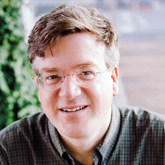
Fritz Roth, PhD
Professor and Chair

James R. Faeder, PhD
Associate Professor, Vice Chair for Educational Programs/Initiatives
Faculty

Joseph C. Ayoob, PhD
Associate Professor

John Barton, PhD
Associate Professor
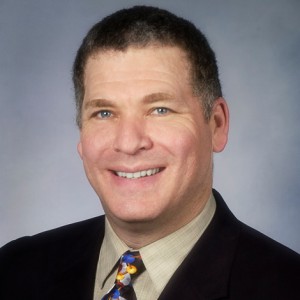
Jeremy M. Berg, PhD
Professor

Carlos J. Camacho, PhD
Associate Professor

Anne Ruxandra Carvunis, PhD
Associate Professor

Yu-Chih Chen, PhD
Assistant Professor
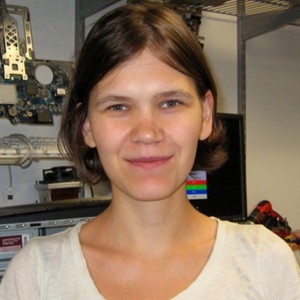
Maria Chikina, PhD
Assistant Professor

Mert Gur, PhD
Associate Professor

Keisuke Ishihara, PhD
Assistant Professor

David R. Koes, PhD
Associate Professor

Dennis Kostka, PhD
Associate Professor
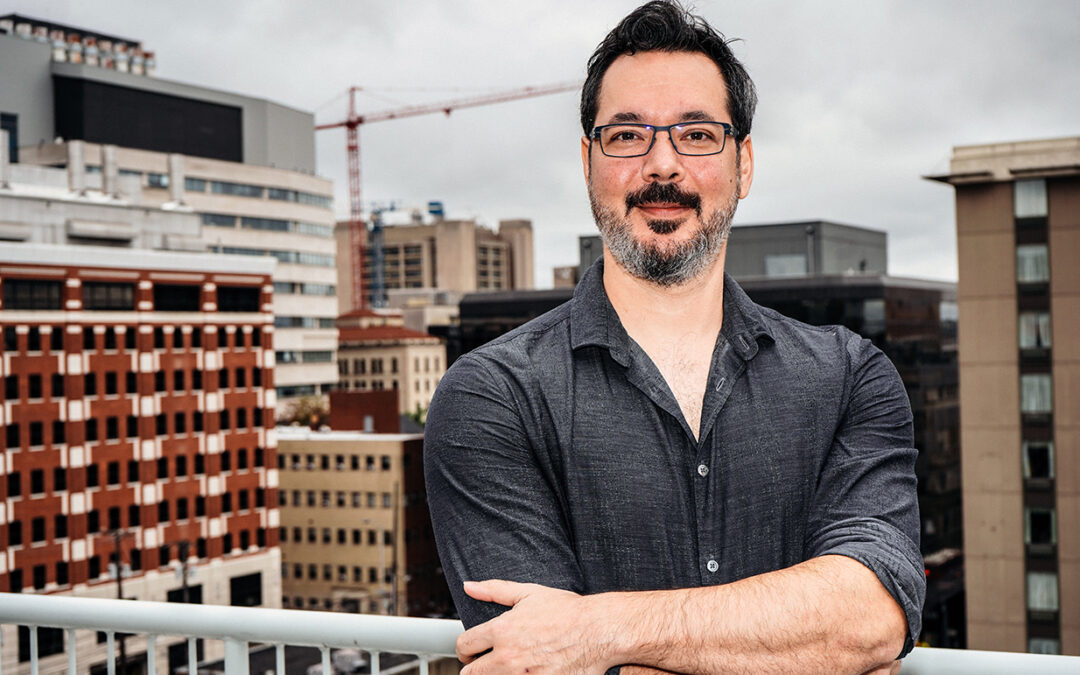
Robin Lee, PhD
Associate Professor

Nate Lord, PhD
Assistant Professor

Wayne Stallaert, PhD
Assistant Professor
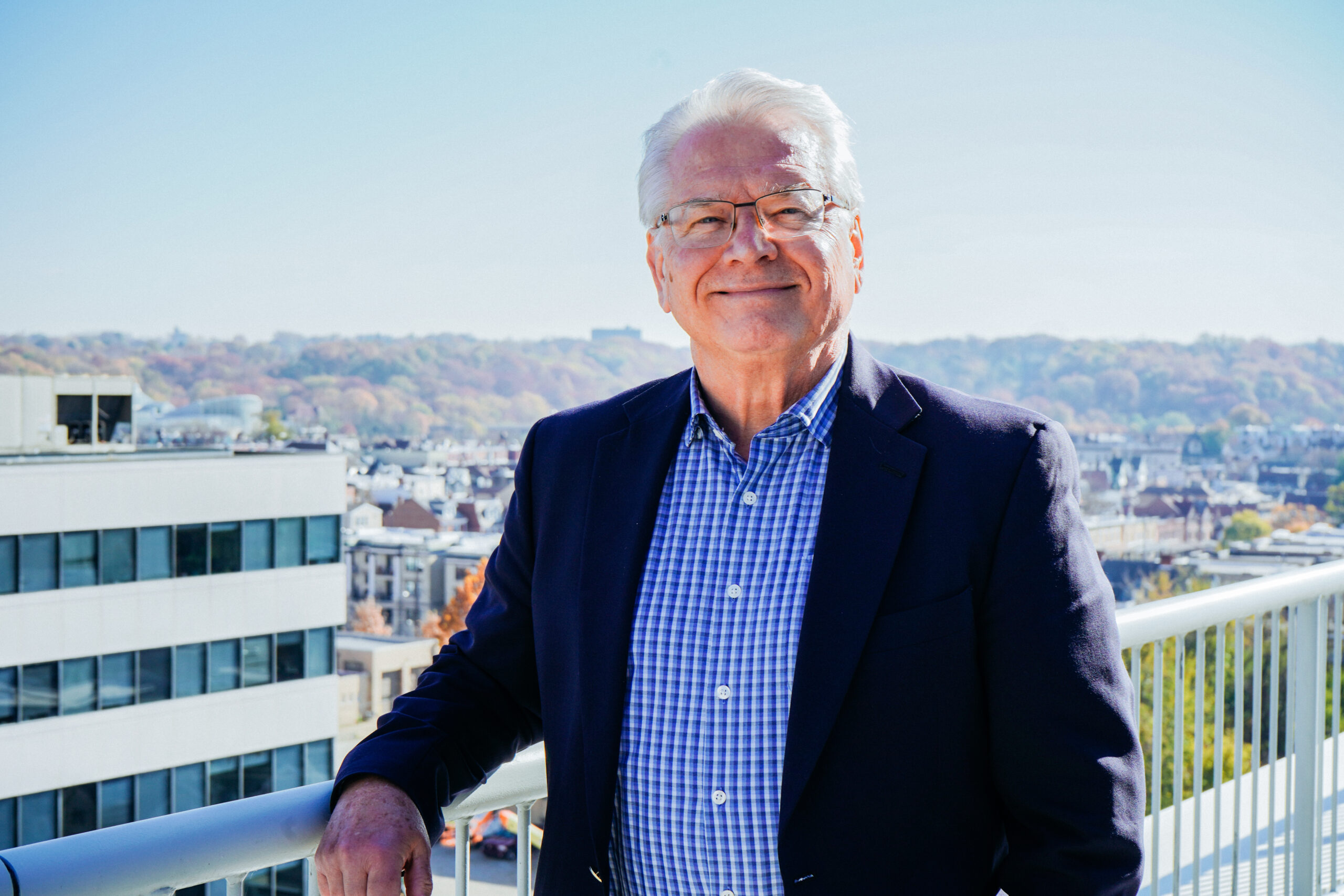
D. Lansing Taylor, PhD
Distinguished Professor

Shikhar Uttam, PhD
Assistant Professor

Andreas Vogt, PhD
Associate Professor

Jianhua Xing, PhD
Professor

